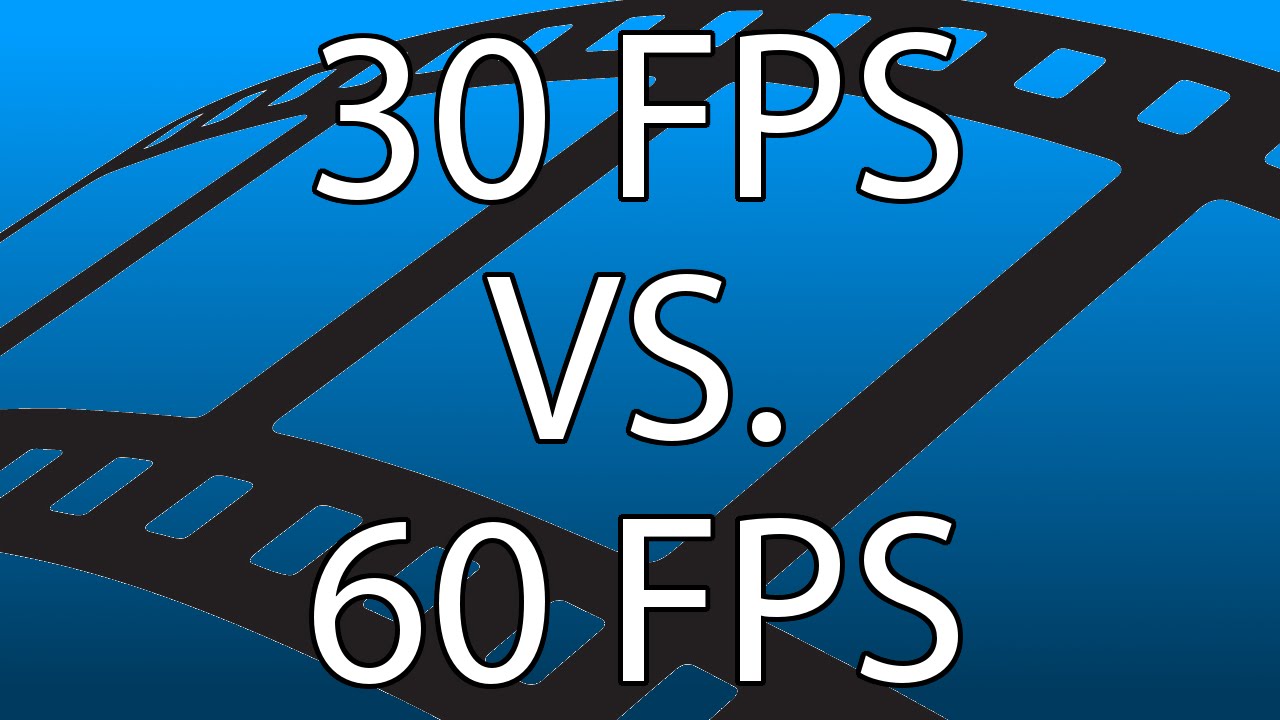388
30 vs. 60 FPS – if you have the choice between these two FPS figures, there is really only one right choice. We’ll show you the advantages and disadvantages of the FPS values
30 vs. 60 FPS: technical differences and significance
The technical basis for the difference between 30 and 60 FPS lies in the number of images that are displayed per second.
- Many games are much smoother and easier on the eyes at 60 FPS than at 30 FPS. For some games, however, the difference is also very small. Although humans cannot process 60 frames per second, movements still appear smoother
- FPS stands for “Frames per Second” and describes the frame rate. At 30 FPS, the image shows a new scene 30 times per second, while at 60 FPS this rate is doubled.
- But not everywhere that says 60 frames per second is actually 60 frames per second. If the console or PC gets too hot, the performance is throttled so that 60 FPS is not always achieved
- A higher value means a smoother display of movements and more detail. One advantage of 60 FPS is that fast movements and action sequences look much smoother and more realistic.
- This leads to an immersive gaming experience. This is especially true for fast-paced games such as racing games or shooters. At 30 FPS, however, fast movements can result in blurring or jerking, which can impair realism.
- Another question is the required hardware capacity. 60 FPS requires a more powerful graphics card and a more powerful processor, as more image data has to be processed. This may necessitate the purchase of more expensive hardware, which can be a deciding factor for some users. The choice between 30 and 60 FPS also influences the aesthetic perception. Some people prefer the film-like quality of 30 FPS, as many movies are shot at this frame rate and therefore offer a familiar viewing experience. In video games, however, this can lead to the impression of less fluid movements.
- Finally, personal preferences and the type of use also play a role. While 60 FPS is advantageous for competitive games and fast reactions, 30 FPS is often sufficient for many single-player experiences and cinematic games. These differences show that there is no universal best choice, but that the decision depends on individual preferences and usage scenarios.
Implications for video games in practice
The choice between 30 and 60 FPS has a significant impact on the gaming experience.
- In many modern video games, especially fast-paced competitive games, 60 FPS is standard. This frame rate allows for more precise control and faster reactions, which can be crucial in games such as shooters or racing games.
- For games that tell more of a story and focus less on action, such as role-playing games or adventure games, 30 FPS is often sufficient. This frame rate offers a good balance between graphical quality and performance without overloading the hardware. This can be particularly the case with consoles, which are often limited to 30 FPS to ensure stable performance.
- Another advantage of 60 FPS is the lower input lag. This means that the player’s actions are implemented more quickly on the screen, resulting in a more responsive and precise gaming experience.
- This delay can be greater at 30 FPS, which can be disadvantageous in fast games. The display of animations also benefits from 60 FPS. Movements appear smoother and more realistic, which is particularly noticeable in games with complex animations and fast-paced scenes. This contributes to a more immersive and engaging gaming experience.
- Finally, it should be noted that the choice between 30 and 60 FPS also affects the streaming and recording quality. When recording gameplay videos or streaming on platforms such as Twitch or YouTube, many content creators prefer 60 FPS to give their viewers a smoother and more professional experience. This can help to increase the quality and appeal of content
Effects on films and videos
The decision between 30 and 60 FPS also plays a role in films and videos.
- Traditionally, movies are shot in 24 FPS, which offers the human eye a familiar, cinematic experience. However, in the digital age and with the spread of high-definition content, the use of higher frame rates has become established.
- 30 frames per second is often used in television productions and Internet videos. This frame rate offers a good balance between smooth motion and traditional movie aesthetics. It is well suited for most content consumed on platforms such as YouTube or Netflix.
- Sports broadcasts and live events often use 60 frames per second to show fast movements and actions clearly and in detail. This allows viewers to capture every detail and experience the action in a more realistic and exciting way.
- The increased sharpness and detail is another benefit of 60 frames per second video. Movements appear smoother and clearer, which is particularly noticeable in action scenes and fast camera pans. This can significantly improve the visual impression and involve the viewer more in the action.
- Post-production also benefits from higher frame rates. When editing video at 60 FPS, more frames are available, making it easier to create slow motion effects and other specialized editing techniques.
- This can increase creative flexibility and lead to more professional results. Finally, personal preference also plays a role here. Some viewers prefer the traditional aesthetics of 30 FPS, while others appreciate the smoother presentation of 60 FPS. The decision depends on the specific requirements and preferences of the content and the target audience.
- For content creators, video editing software for high frame rates can be helpful to get started on YouTube or Twitch.
